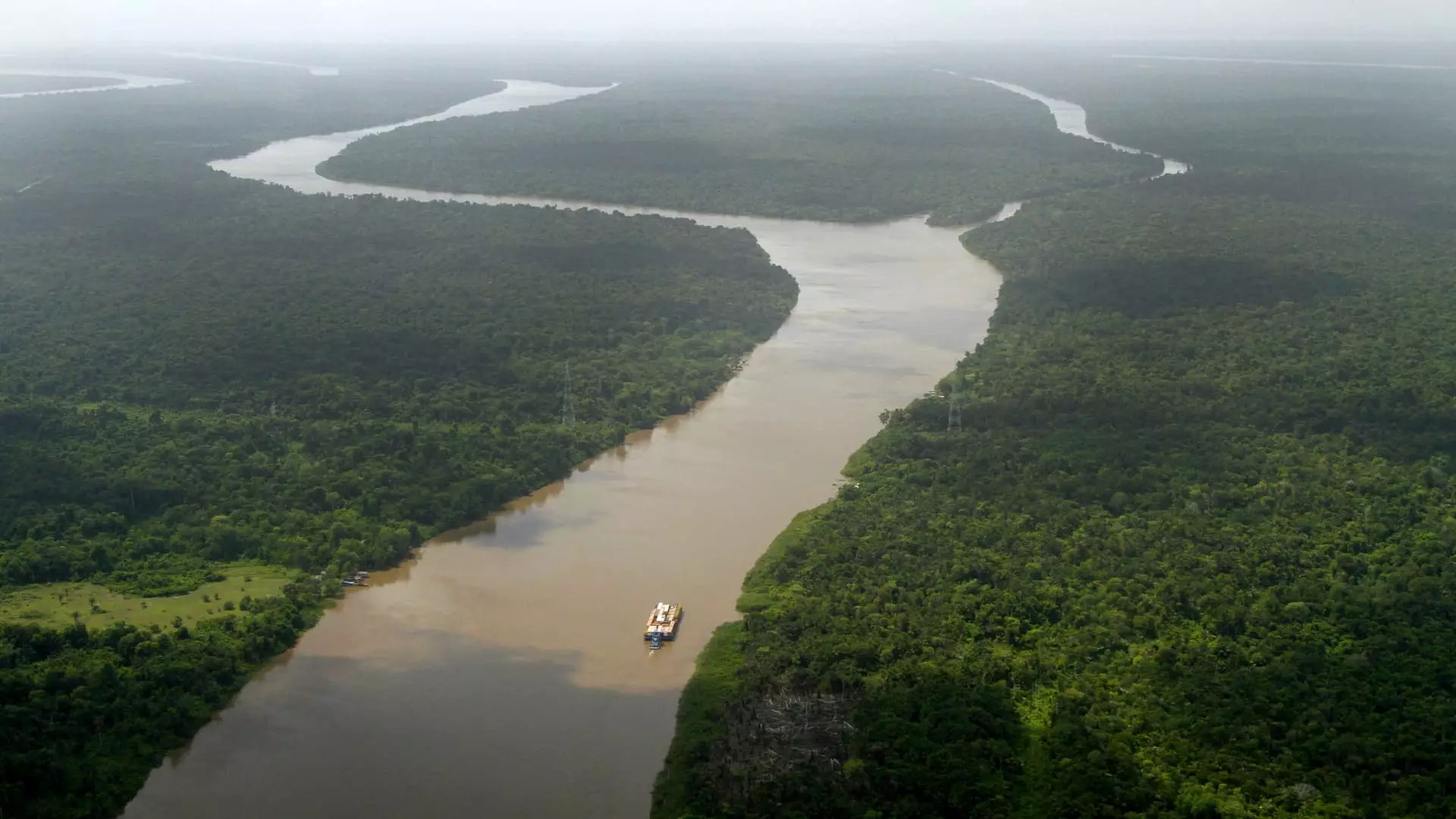The Amazon Basin, holding one-fifth of the world’s fresh water, is currently at the beginning of the dry season with many of its rivers experiencing critically low levels. This situation has prompted governments in countries such as Bolivia, Brazil, Colombia, Ecuador, Guyana, Peru, Suriname, and Venezuela to consider contingency measures to address various issues caused by the drought. The Amazon Cooperation Treaty Organization (ACTO) recently issued a technical note highlighting the severity of the drought in 2024, stating that it is one of the most severe in recent years. The drought has led to historically low water levels in several rivers in the southwestern Amazon, creating significant impacts on member countries.
The most affected countries so far are Bolivia, Peru, and Brazil, according to ACTO. The Brazilian government, in response to the worsening water scarcity, officially declared a water shortage in the Madeira and Purus basins. These basins cover an area nearly equivalent to the size of Mexico. Additionally, the state of Acre in Brazil declared an emergency due to an impending water shortage in its main city. These measures were implemented earlier than in the previous year, reflecting the severity of the current situation compared to the region’s worst drought on record in 2023.
The decreasing water levels have severely impacted navigation in the Amazon region, with the depth of the Madeira River falling below 3 meters near Porto Velho. This poses a significant problem for transportation, especially for agricultural products such as soybeans and fuel. In the town of Envira in Amazonas, nearby rivers have become too shallow for navigation, forcing residents to relocate to urban centers for better access to essential services. The decreasing availability of transportation has also disrupted the market for cassava flour, leading to a significant increase in its price.
Another alarming consequence of the drought is the increase in fire incidents in the Amazon region. From January to late July, there have been approximately 25,000 fires, the highest number for this period in almost two decades. Most fires in the Amazon are human-made and are used for land clearing and pasture management. The dry conditions have exacerbated the situation, posing a significant threat to the region’s biodiversity and further accelerating deforestation.
In Acre, the effects of the drought have already caused water supply shortages in several areas of the capital, Rio Branco. As a result, communities are now reliant on trucked-in water, highlighting the immediate crisis faced by the region. The local administration is concerned about the looming threat of food shortage due to the consecutive years of extreme weather events, including severe flooding followed by prolonged droughts. This cyclical pattern of natural disasters has put immense pressure on the region’s resources and population.
The Amazon Basin is currently experiencing a severe drought that is impacting its rivers, navigation, economy, and overall ecosystem. Immediate action is required to address the challenges posed by the drought and mitigate its long-term repercussions on the region’s biodiversity and communities. Collaboration among government entities, organizations, and local communities is essential to implement sustainable solutions and adapt to the changing climate patterns in the Amazon basin.

Leave a Reply